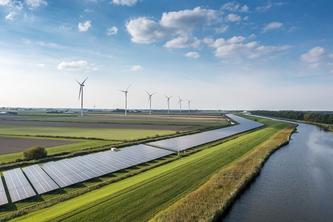
Many communities in rural Minnesota are facing economic challenges as their populations decline. As baby boomers retire from the workforce, businesses are struggling to replace them.
New research by University of Minnesota Extension’s Center for Community Vitality and the Humphrey School will examine rural Minnesota’s economic and population trends to help these communities attract more residents.
“Employers and communities are very concerned about that workforce, and many Minnesota communities are genuinely interested in learning how they can attract residents,” says Extension Center for Community Vitality associate dean Kent Olson.
The study, part of a larger grant from the USDA, enables U researchers to focus on newcomers and their integration into rural communities and explore the experience of minority and immigrant residents.
“This research seeks to understand ... what drives [the] interest in living in a rural part of the state, and how rural areas can leverage this interest to encourage others to move there,” says Humphrey School associate professor Ryan Allen, who is coleading the project.
A report Allen authored earlier this year determined that attracting more immigrants is key to growing Minnesota's labor force.
But Allen says an influx of immigrants to a community not only can create a financial strain on government services like education, it can create a social strain that shows up in the attitudes articulated by longtime residents.
“We need to understand better how to create welcoming communities ... while maintaining community cohesion,” he says.
The study’s findings will inform future educational programs, economic development initiatives, and local policymaking and planning.
- Categories:
- Agriculture and Environment





